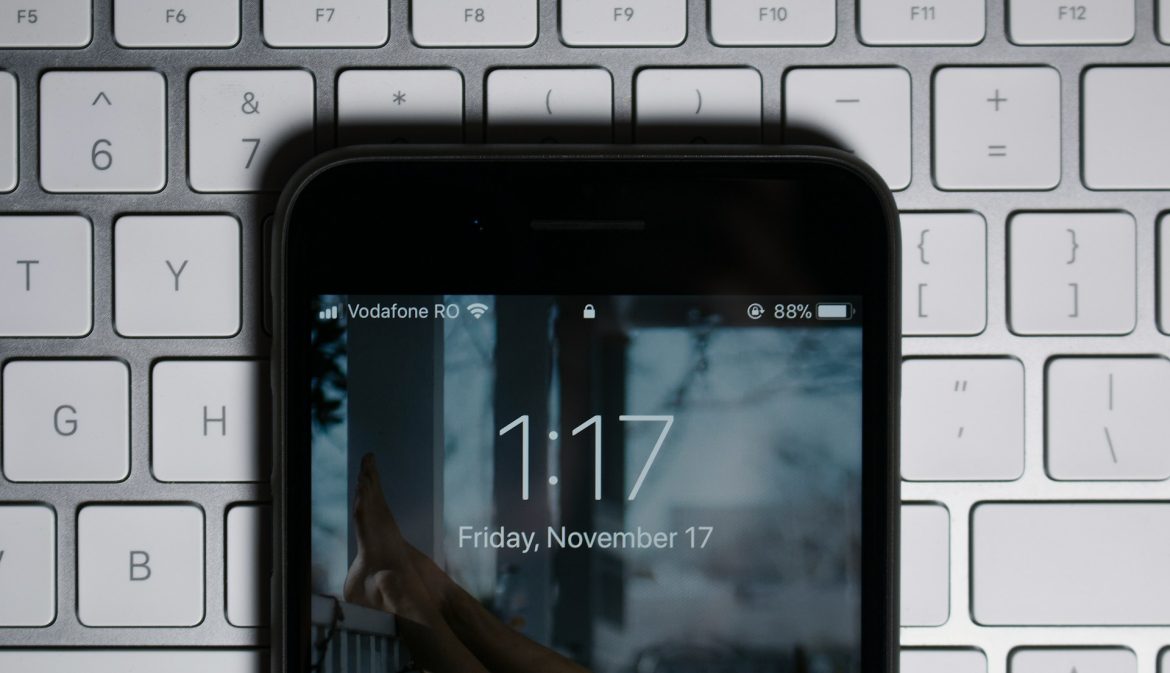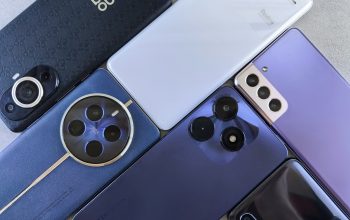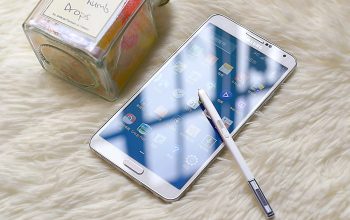As we approach 2025, it feels like the smartphone world is stuck in a cycle of predictability. With each new release, we’re seeing only minor updates, and next year, the Galaxy S25 Ultra is poised to face significant scrutiny, especially regarding its battery performance. This flagship model, one of the most anticipated releases from Samsung in 2025, may not live up to the innovation hype.
While Samsung’s upcoming Galaxy S25 Ultra is rumored to take inspiration from Apple’s 2025 iPhone lineup, the bigger issue lies in the device’s battery. According to recent certifications, the Galaxy S25 Ultra will have the same battery capacity as its predecessor, the Galaxy S24 Ultra. This means the new model will house a 4,855 mAh battery, which is identical to the one used in the S24 Ultra.
Battery Capacity Stagnation
Reports suggest that this static battery size might be a consequence of Samsung’s desire to make the S25 Ultra thinner. If the rumors hold true, the streamlined design may leave insufficient room for a larger battery, forcing Samsung to stick with the same capacity as last year. While many users might be excited about a slimmer phone, others are frustrated, questioning why Samsung feels the need to prioritize thinness over battery life.
This decision is not purely Samsung’s choice. The push towards slimmer smartphones seems to be influenced by Apple. Rumors indicate that Apple’s iPhone 17 series, specifically the iPhone 17 Slim, Ultra, or Air (whatever its final name will be), is expected to set the bar for ultra-thin phones in 2025. Some leaks even suggest that this upcoming iPhone model could be as thin as 5mm, significantly slimmer than any mainstream phone on the market today.
Impact of Slimmer Designs on Battery Life
There’s an ongoing debate about the trade-offs between slimmer phone designs and battery performance. In 2025, if Samsung continues to follow this trend, it may leave the Galaxy S25 Ultra struggling to compete, especially in terms of battery endurance. This isn’t just a theoretical concern — recent tests highlight the potential shortcomings of maintaining the same battery capacity.
One particular test has drawn attention: a freezing endurance experiment that compared the Galaxy S24 Ultra to the Honor Magic 6 Pro. Both phones were placed in a freezer set to -7°F (-22°C) with an initial charge of 59%. After 20 hours, the Galaxy S24 Ultra’s battery had dropped to 34%, while the Magic 6 Pro still retained 40%. After 48 hours, the Galaxy S24 Ultra’s battery was fully drained, but the Honor Magic 6 Pro impressively held 33%. Even after five days in these harsh conditions, the Magic 6 Pro still had over 10% battery life remaining, outperforming the Galaxy S24 Ultra by a wide margin.
Honor’s Strong Competition
The Honor Magic 6 Pro, with its larger 5,600 mAh battery, is emerging as a serious competitor to Samsung. While Samsung’s Galaxy S24 Ultra features a 5,000 mAh battery, the difference in capacity and performance becomes significant when tested under extreme conditions. If Samsung sticks with the same battery size for the Galaxy S25 Ultra, it could face even stiffer competition from brands like Honor, which have proven that they can deliver superior battery life.
The competition between Samsung and Honor isn’t just about battery size — it’s about the overall experience. Honor has demonstrated its ability to optimize its devices for endurance, especially in difficult environments, while Samsung’s decision to stick with the same battery size year after year might hurt its standing in the market.
Looking Ahead to 2025
As we look ahead to 2025, the expectations for the Galaxy S25 Ultra are high. Yet, the lack of a larger battery, coupled with the trend towards thinner designs, raises questions about whether Samsung is making the right choice for its flagship device. Apple’s influence is clearly pushing the industry towards slimmer phones, but the trade-offs in battery life might be too significant to ignore.
For consumers, the decision between a slim design and long-lasting battery performance is becoming more critical. Honor’s ability to outperform Samsung in endurance tests signals a shift in the smartphone landscape. While Samsung has long been a leader in the premium smartphone market, it may need to reconsider its approach if it wants to remain competitive in a field where battery life is becoming a key differentiator.
In the end, Samsung’s decision to prioritize design over functionality could backfire, especially as rival brands like Honor continue to innovate and push the boundaries of what a smartphone battery can do. If the Galaxy S25 Ultra sticks with the same battery as its predecessor, it risks being overshadowed in a market that demands more from its devices



